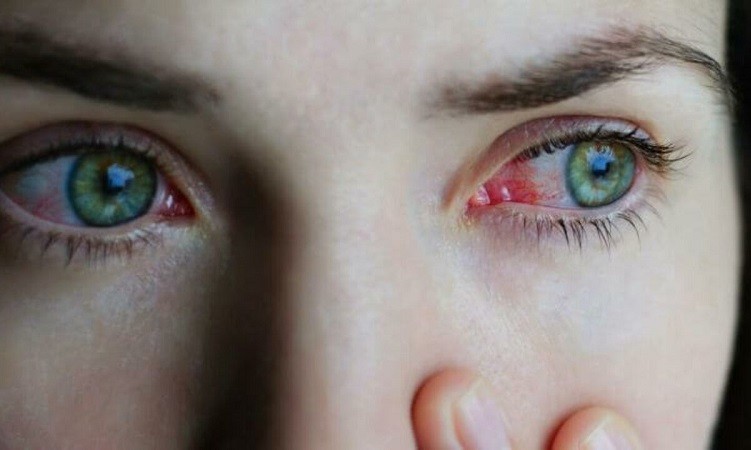
Conjunctivitis, commonly known as pink eye, is an eye infection that affects the conjunctiva, a thin, clear tissue that covers the white part of the eye and lines the inner surface of the eyelids. This condition can be caused by various factors, including bacteria, viruses, allergens, and irritants. With cases on the rise, it is essential to understand conjunctivitis, its causes, and the necessary precautions to prevent its spread.
What is Conjunctivitis?
Conjunctivitis is an inflammation of the conjunctiva, leading to redness, irritation, and swelling of the eye. The most common symptoms include red or pink discoloration of the white part of the eye, excessive tearing, itchiness, a gritty feeling, and increased sensitivity to light. It is highly contagious and can easily spread through contact with infected eye secretions.
Causes of Conjunctivitis:
Bacterial Conjunctivitis: Caused by bacterial infections such as Staphylococcus aureus or Streptococcus pneumoniae, bacterial conjunctivitis often leads to pus-like discharge and can be highly contagious.
Viral Conjunctivitis: Viruses like adenovirus are responsible for viral conjunctivitis, which is the most common form of the infection. It spreads through respiratory droplets or by touching contaminated surfaces.
Allergic Conjunctivitis: This type is triggered by allergens like pollen, pet dander, or dust mites, leading to redness, itching, and watery eyes. Allergic conjunctivitis is not contagious.
Chemical Conjunctivitis: Exposure to irritants like smoke, chlorine in swimming pools, or harsh chemicals can cause chemical conjunctivitis, resulting in eye redness and irritation.
Precautions and Preventive Measures:
To minimize the risk of conjunctivitis and its spread, individuals should follow these precautions:
Practice Good Hygiene: Frequent handwashing with soap and water is essential to prevent the transmission of conjunctivitis-causing agents. Avoid touching the eyes with unwashed hands.
Avoid Eye Rubbing: Rubbing the eyes can exacerbate the condition and spread the infection. If the eyes are itchy, use a clean tissue to gently dab the area.
Personal Items: Refrain from sharing personal items such as towels, handkerchiefs, and eye makeup, as they can harbor contagious agents.
Disinfecting Surfaces: Regularly clean and disinfect frequently touched surfaces, especially if someone in the household has conjunctivitis.
Contact Lens Hygiene: Proper care and hygiene of contact lenses are crucial to avoid eye infections. Follow your optometrist's instructions for lens cleaning and replacement.
Allergen Management: If allergic conjunctivitis is the concern, identify and limit exposure to allergens. Keep windows closed during high pollen seasons and use air purifiers indoors.
Seek Medical Advice: If experiencing symptoms of conjunctivitis, consult an eye care professional promptly. Early diagnosis and appropriate treatment can help manage the condition and prevent its spread.
Conjunctivitis is a common eye infection that can be caused by bacteria, viruses, allergens, or irritants. It manifests as redness, irritation, and swelling of the eye and can spread easily through contact. By adopting proper precautions and maintaining good hygiene, individuals can reduce the risk of conjunctivitis and protect themselves and others from its transmission. In case of symptoms, seeking medical advice is crucial for accurate diagnosis and effective management of the condition.
In What Ways Does Apple Cider Lower Blood Pressure?
Protecting Your Eyes: Can Wearing Sunglasses with Dark Lenses Prevent Conjunctivitis ?